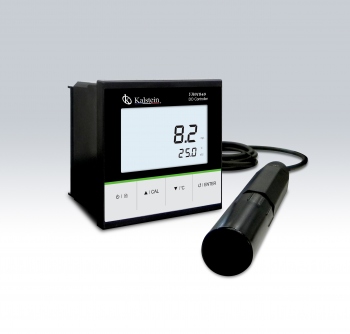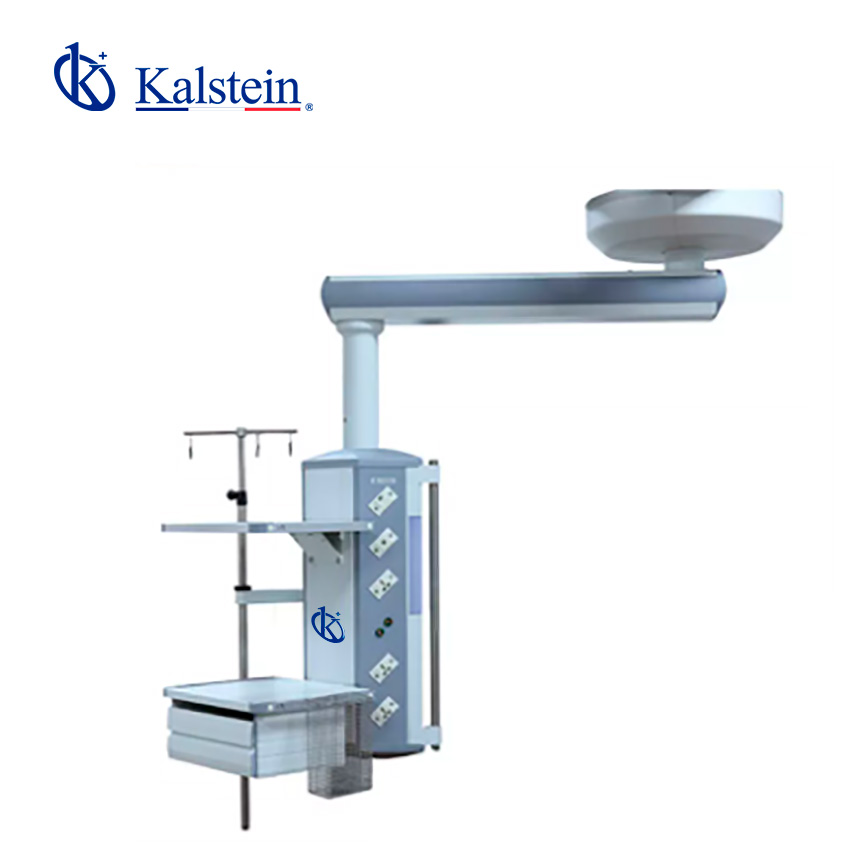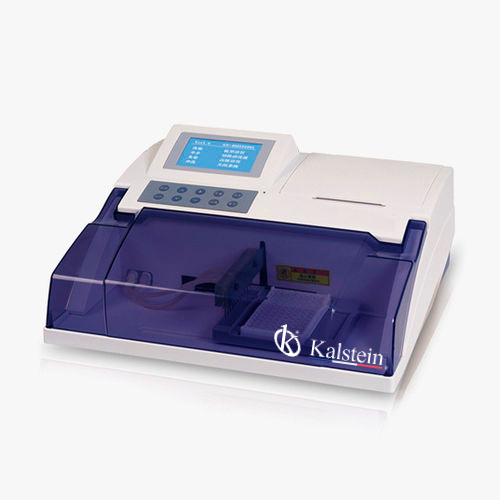The oxygen meter is a device for measuring and determining oxygen in liquids and in air. With the oxygen meter you can quickly analyze your water by determining the oxygen content. The temperature sensor built into the oxygen meter allows automatic temperature compensation.
Two measurement scales are commonly used: parts per million (ppm); or percentage of saturation (%), which is defined as the percentage of oxygen dissolved in 1 liter of water, with respect to the maximum amount of dissolved oxygen that 1 liter of water can contain. It is necessary to determine the amount of oxygen dissolved in the water because it is an indicator of the quality of the water.
Applications of an oxygen meter
Oxygen meters are used to measure and control the oxygen content at various points in the water circuit of steam boiler installations, to control possible corrosion due to the oxidizing power of oxygen. Another use of oximeters is the prevention of metal corrosion, as in heating systems, where one of the factors that affect the degree of corrosion is the percentage of oxygen present.
Another important application is in fish farming, where the oxygen level must be continuously controlled to obtain optimal reproduction and avoid high mortality caused by low oxygen levels. Also in nuclear power plants to measure the oxygen present in their heavy waters.
What is the working principle of an oxygen meter?
The conventional dissolved oxygen measurement system consists of a meter and a Clark-type polarographic probe. The probe is the most important part of the system and the most delicate. The probe consists of a silver (Ag) anode coated with a platinum (Pt) wire, which functions as a cathode. This is inserted into a protective cover filled with an electrolyte solution of potassium chloride (KCI). The cover has at its end a Teflon® membrane, a gas-permeable material that allows the passage of oxygen present in the solution, but not the passage of the solution itself.
By applying a potential of 790 mV, the oxygen present in the cell is reduced to hydroxide ions (OH-) at the cathode, and silver chloride (AgCl) is deposited at the anode. This reaction causes a current flow with intensity proportional to the amount of oxygen present in the sample. The meter converts the current flow measurement to the corresponding concentration of dissolved oxygen.
What tips should you keep in mind when using an oxygen meter?
As the probe is very sensitive, a series of maintenance procedures is recommended to ensure accurate measurements. The electrolyte solution must be kept at the set level and must be replaced periodically. It is important to avoid air bubbles when the cap is screwed onto the probe. It is also recommended to periodically calibrate the meter in air to reset the 100% values (and in zero oxygen solution, where necessary). By following these easy tips, your meters will always remain accurate and reliable.
At Kalstein we are MANUFACTURERS and we offer you an innovative oxygen meter at the best PRICE on the market. That is why we invite you to take a look: HERE




